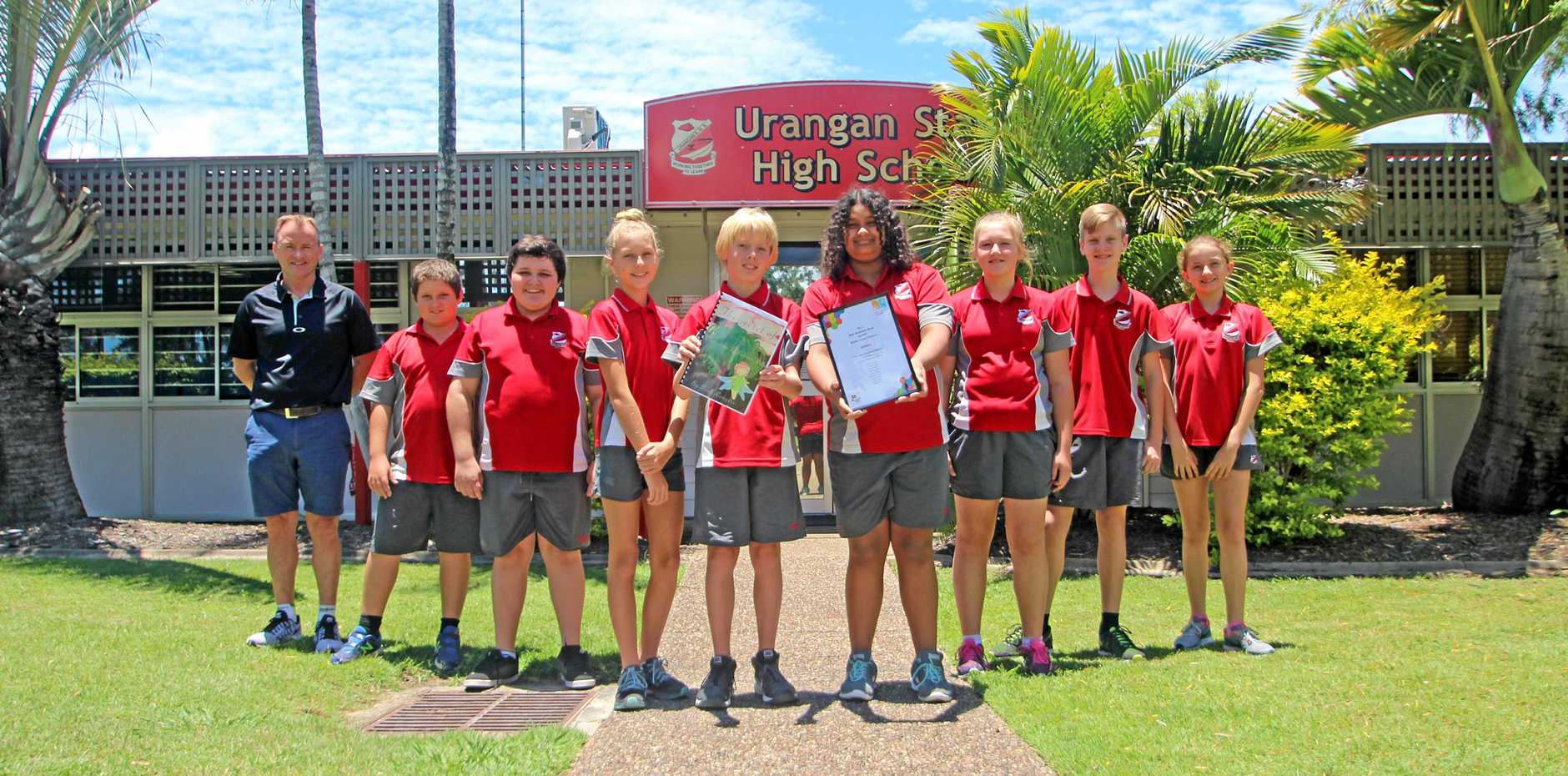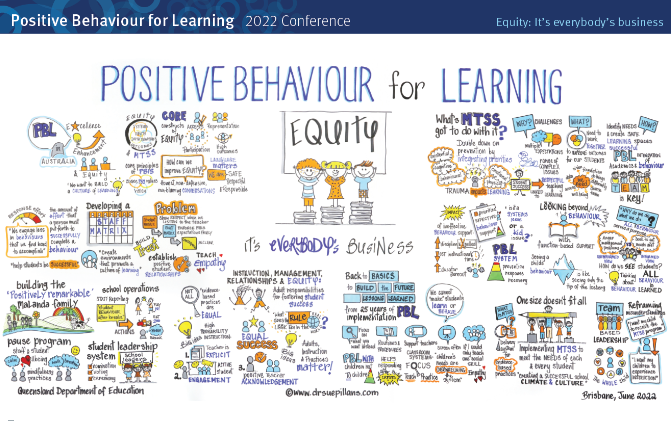Positive reinforcement at USHS acknowledges and rewards students when they exhibit the desired positive behaviours outlined in our Behaviour Expectations matrix.

Data and monitoring: All state schools gather data on the academic performance of individual students. This data can be examined to gain insights into trends and patterns at various levels, including the entire state of Queensland, specific regions, schools, classrooms, or individual students. Having a clear understanding of each student's progress enables educators to adapt their teaching and learning strategies to effectively support the unique needs of each student in terms of both academic performance and behaviour. Additionally, having a holistic view of a school's performance empowers school staff to concentrate their efforts on delivering appropriate support to students, ultimately developing a safe, supportive and inclusive environment for learning and achievement.
Consistent and fair consequences: While emphasising prevention and behaviour support approaches as the foundation for effective school behaviour management, it is equally important for schools to consistently address problematic behaviours with impartial, logical, and predictable consequences. The purpose of a consequence is to correct and teach, therefore, the provision of a consequence should always contain an opportunity to reteach the expected behaviour.
Consequences should be selected to fit the individual student, the specific behaviour, the context or setting, and the frequency/severity of the behaviour.
PBL committee and leadership team
At our school, the PBL committee is comprised of school executive and leadership members, classroom teachers, teacher aides, administrative staff and parent representatives. Meeting twice a term, the role of the committee is to collaborate on implementation of PBL practices with fidelity, interrogate school behaviour data to establish if there are persistent problem behaviours and discuss strategies/actions to address these.
The role of the PBL Leadership team is to action the decisions of the PBL Committee, communicate with the Urangan State High School community about decisions made, develop resources and support for explicit teaching and PBL classroom management practices and manage the school-wide positive reinforcement reward system.
Engaging student voice in PBL 
Listening to and learning from students improves relationships, communication and learning. Student voice is a term used to cover several different aspects of student involvement, such as listening to students, student agency and student participation. Student voice is not only about listening to students, but also about responding to what has been said in a respectful and inclusive way. Student agency is when students are engaged in making decisions about their learning. Student participation builds further on student agency by enabling students to share in decision-making and implementation.
How can parents get involved?
Parent representatives
are invited to join the PBL committee each year and attend our PBL Committee meetings twice a term to
provide important parent perspectives on behaviour management at
the
school.
There are also many
others ways parents can support the school with
positive behaviour of students, such as:
Support at home: Parents play a vital role in reinforcing positive behaviours at home. They can discuss and reinforce the same behavioural expectations that are taught at school. Consistency between school and home expectations is key.
Communication: Stay in regular communication with your child's school. Attend parent-teacher conferences, meetings, or workshops related to PBL programs. Ask questions and seek clarification if needed.
Reinforcement: Celebrate your child's successes and positive behaviours at school. Praise and reward them for
exhibiting the desired behaviours both in and outside of school.
Collaboration: Collaborate with the school in addressing any behavioural challenges your child may be facing. Work together to develop strategies and interventions to support your child's behavioural development.
Model behaviour: Model positive behaviour and problem-solving skills for your child. They often learn by
observing the behaviour of adults.
In summary, Positive Behaviour for Learning programs in schools aim to create a safe, supportive and inclusive learning environment. Parents can contribute to the success of these programs by supporting the school's expectations and strategies, maintaining open communication, and reinforcing positive behaviour at home. By working together, schools and parents can help students develop the skills and behaviours they need to succeed academically and socially.
